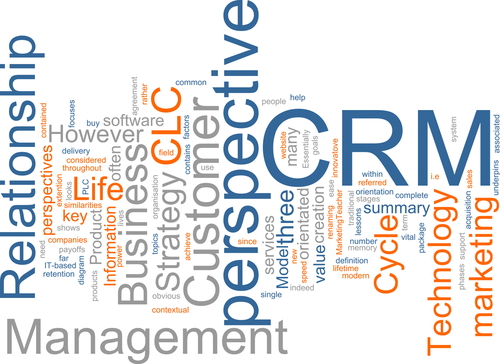
We use the know how in our
Cornerstone Solution® to utilize your customer data to build analytics for customer intelligence. After modelling your raw data in a database we can create data analytics for you such as a customer sales funnel. This type of data analytic can help you answer questions such as “How many customers in a segment make a purchase after our first contact?” and “ Is there any particular phase where we fail to provide what the customer segment needs to go to the next stage?”

We can build you business intelligence data analytics combined with your sales data to provide information on sales regions, product sales, and key account performance. You could also for example monitor performance against targets to identify your most profitable marketing campaigns. You could identify your most profitable customer segments and how much you have to spend to retain those segments.
A well designed database will also allow you to join other company data up so you could combine your sales data with your supply chain data to help balance your supply and demand. This can play an important part in predictive analytics. A poor sales forecast that is pessimistic can lead to an under supply in the supply chain meaning that orders cannot be met in a timely fashion. This in turn can lead to cancelled customer orders and brand credibility erosion. Having to expedite orders through the supply chain can lead to increased costs. Conversely an over optimistic forecast can lead to excess inventory being held.
Contact us if you’re interested in understanding more about using data analytics in your business.



You must be logged in to post a comment.